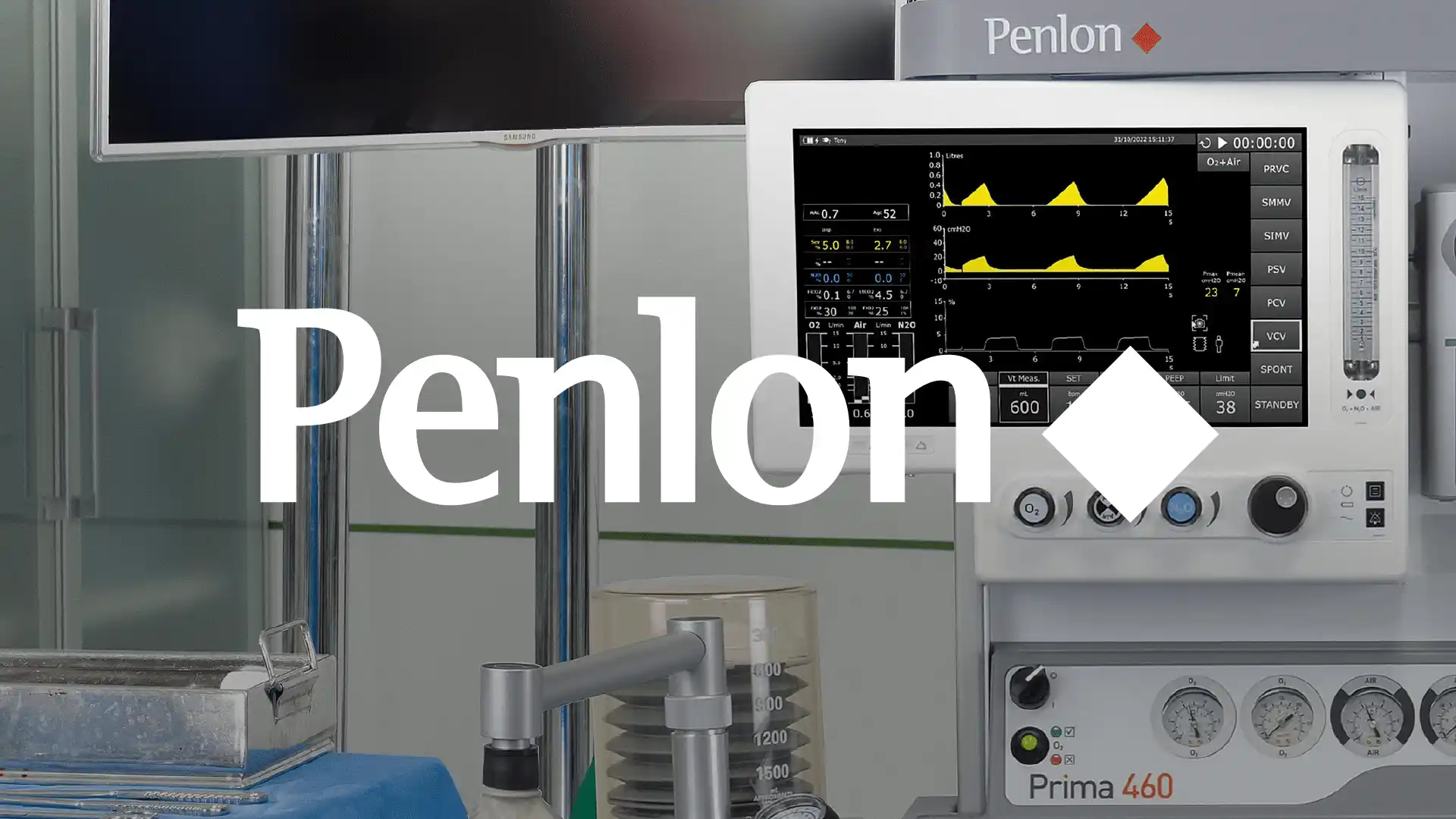CPQ business requirements go beyond just automating your quoting process. They encompass your strategic vision for how your business will operate. And exactly how Configure-Price-Quote software will optimize your quoting and empower your sales teams to close deals faster.
Businesses like yours find success by considering key strategies, including expertise, planning, and approach. Without these factors, the benefits of CPQ can take a long time to materialize. Or worse, a lack of adoption will bring your implementation project to a grinding halt.
Here are our experts' five tips for succeeding:
Assemble an Expert Team
The right mix of people will differ from business to business. But the most successful implementation project teams include representatives from sales, sales operations, and IT.
- Sales. Sales reps are on the front lines, interacting with customers and your business rules. This first-hand knowledge ensures your quoting system is user-friendly, addresses their specific needs, and streamlines their workflow. This also goes a long way toward buy-in, adoption, and maximizing ROI.
- Sales Operations. Sales operations are experts at analyzing and optimizing sales processes and data. Their involvement ensures that new software integrates seamlessly within existing workflows, minimizes redundancies, and maximizes efficiency. And captures relevant data for insightful reporting.
- IT. IT specialists possess key knowledge and skills necessary for ensuring your CPQ system meets your business objectives. They play a crucial role in integrating new software with CRM and ERP, adhering to security measures, and facilitating a smooth project roll-out. IT also acts as a bridge between business stakeholders and the technical aspects of the project.
Outline Your Desired Process
Begin by looking closely at your existing sales process. You established it as a coordinated roadmap for converting prospects to customers, and customers to repeat buyers. What happens when that process isn’t working properly? Ask your team, “What do we need to secure more orders and process them more quickly?”
Now, document your vision of your ideal process - and don’t be afraid to think BIG, for example:
- Faster Quoting. How should sales reps access product information, configure options, calculate pricing, and generate quotes efficiently? How should the system integrate with CRM to eliminate redundant data entry? This might include generating product configurations based on customer selections, strategic service and product bundling, or automatically calculating taxes and shipping costs.
- Faster Approvals. How should reviews and approvals be routed? Who should they be routed to and when? For example, you might wish to route quotes for review and approval based on products, pricing or discount thresholds.
- Faster Order Processing. How should your CPQ system integrate with ERP? How should data flow between your CPQ and ERP systems to accelerate accurate order processing and payments?
- Faster Data Insights. What data points should you capture during the quoting process? For example, quote turnaround time, win/loss rates by product or reasons for rejection. How will you use data generated by your CPQ system to refine and improve your sales process?
Focus on the Fundamentals
This step sounds easy and obvious, but it's not. Often, the temptation is to focus on simply making the existing process better. Instead, we encourage you to strip your sales process right back to the business basics.
This will bring focus and clarity to your CPQ project. Enabling each team member to think strategically and contribute their relevant perspective on the bigger picture.
- Focus on Sales-Blocking Obstacles. Sales reps want to sell. But complex product and pricing structures can frustrate their productivity. Customers want to purchase. But delays and errors quickly erode their trust. What changes will eliminate these frustrations and unblock sales?
- Define Your Strategic Goals. You want to sell more and optimize profitability. But your products, services and projects are complex and your sales cycle is lengthy. What will make it easier to configure solutions, compile bundles, and calculate accurate pricing?
- Prioritize Your Outcomes. What outcomes are most important to you and your goals? For example, producing faster quotes, controlling pricing, margins, and discounts, enhancing your conversion rate? Or reducing configuration and compatibility errors, revisions, and approval delays?
Recommended Customer Stories

Case Study: Fabtek
Fabtek deliver detailed, accurate quotes 50% faster to scale their operation and increase sales.

Case Study: Penlon
Penlon revolutionized their entire quoting process, eliminated errors and increased capacity.

Case Study: Eurotherm
Quote time by more than 50%, automatically generating part numbers and pricing.
Plan for Incremental Steps to Build On
When thinking big, there is the temptation to deliver a "big bang." There are, however, three proven issues with this approach. Your team may find the change too big, and not fully embrace the solution. The delivery may take many months to come to fruition. By the time the solution is delivered, the original requirements may have changed.
A good way to mitigate against these risks is to take a more incremental approach. Focus on lots of smaller, faster wins. This is also a great way to establish the changes that will deliver the biggest ‘bang for your buck.’
Proven factors for incremental success include:
- Speed to Quote. Being first really does matter to buyers. By simplifying manual tasks up front, sales reps see a reduction in time spent on quoting, which will translate to their clients. This is also a great way to introduce the CPQ system in a less disruptive way, and boost confidence in it.
- Prevent Errors. Errors erode buyer confidence. By prioritizing error prevention in your initial project stages, you establish robust data validation, and foster trust in the system's output.
- Frequency of Engagement. Sales reps want to engage with customers more often. By reducing time to quote, now they can spend more time following up with clients, addressing their questions, and personalizing their solution recommendations.
- Unambiguous Quotes. Clear, concise, and accurate quotes make a strong first impression. When you make it easier for your customers to find and understand your solutions, you facilitate faster decisions and orders.
- High-Quality Quotes. Perception means everything. By eliminating manual, redundant tasks, your team has more time to focus on value propositions. This helps your customers more quickly grasp the full value of your solution, which makes them more likely to buy, and remain loyal.
Key Measurements for Improvement
No doubt, you have many measures and metrics for sales success. How will these be addressed through the introduction of your new CPQ solution?
Typical improvement metrics include:
- Average Time to Quote: Reduce the time to quote by guiding sales reps through the process. Consider the time it takes for a person to do the work involved with producing a quote, as well as the elapsed time from creation to contract due to obstacles blocking sales in the quote to cash process.
- Average Quote Size: Enforce pre-defined configuration and pricing rules. How has the reduction in underpricing and discounting misuse increased quote size? How has guided selling through recommended upsell and cross-sell information improved outcomes?
- Quote to Order Conversion Rate: Eliminate configuration and pricing errors, as well as reviews and revisions, that slow down your sales process. How has removing these steps increased your quote-to-order conversion rate?
- Quotes Per Month/Week Capacity: Eliminate tedious manual steps and time-consuming back-and-forth emails. How has this freed up time to produce more quotes with the same staff using real-time access to product data?
What is Likely to Change
While some changes are known and expected, others are less predictable. Faced with this fact, here are some trends to consider:
- Pricing Dynamics. High-performing businesses are open to exploring and testing new and evolving pricing strategies. Is your business considering these? Are your competitors considering them – and if so, what impact could this have on your business without CPQ?
- Advanced Services. There is a trend with OEM businesses to increase revenue and profitability through the addition of services. Which often transforms their business model. Can your business embrace advanced services without configuration software?
- Acquisitions. The range of products and services may change with mergers and acquisitions. How will your quoting system cope with new products, services, pricing models and perhaps even new markets?
- Buying Process. Buyers are far more likely to know all about your products and services before they reach out. How will your sales process align with the needs of this type of informed buyer?
- Other Systems. A CPQ system is unlikely to exist in isolation. It will often work alongside or integrate with existing CRM, ERP, CLM and even eCommerce systems. How might these other systems change over time – and what would happen if one was replaced?
- The Unknown. There will always be unplanned or unforeseen circumstances to deal with. Is your chosen CPQ system flexible enough to cope with what might be asked for?
CPQ Business Requirements: Takeaway
Taking time to consider what your business really wants from CPQ vendors is the first step on your journey to a successful implementation. Involve your experts and stakeholders. Motivate their contributions by asking the right questions. Challenge vendors to show you how they support your goals. Not just through features and functionality, but through expertise, planning, and approach.
Remember, CPQ is not a one-size-fits-all solution. By outlining your specific requirements and taking an incremental approach, your business is positioned for quick wins, as well as long-term efficiency gains as market winds drive change.









